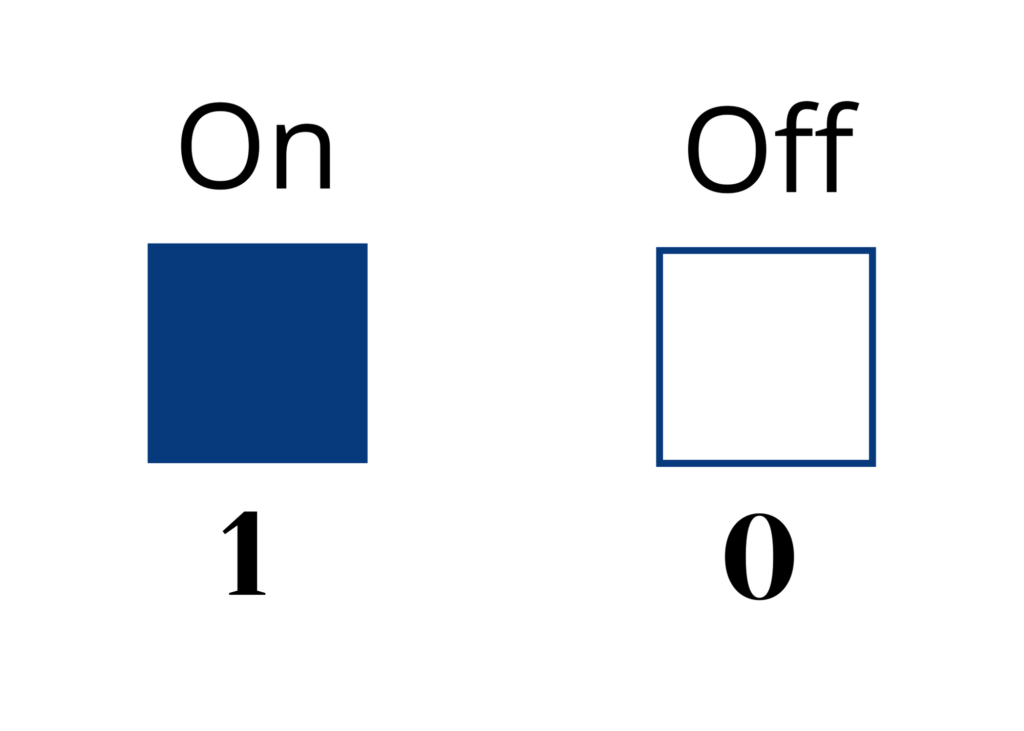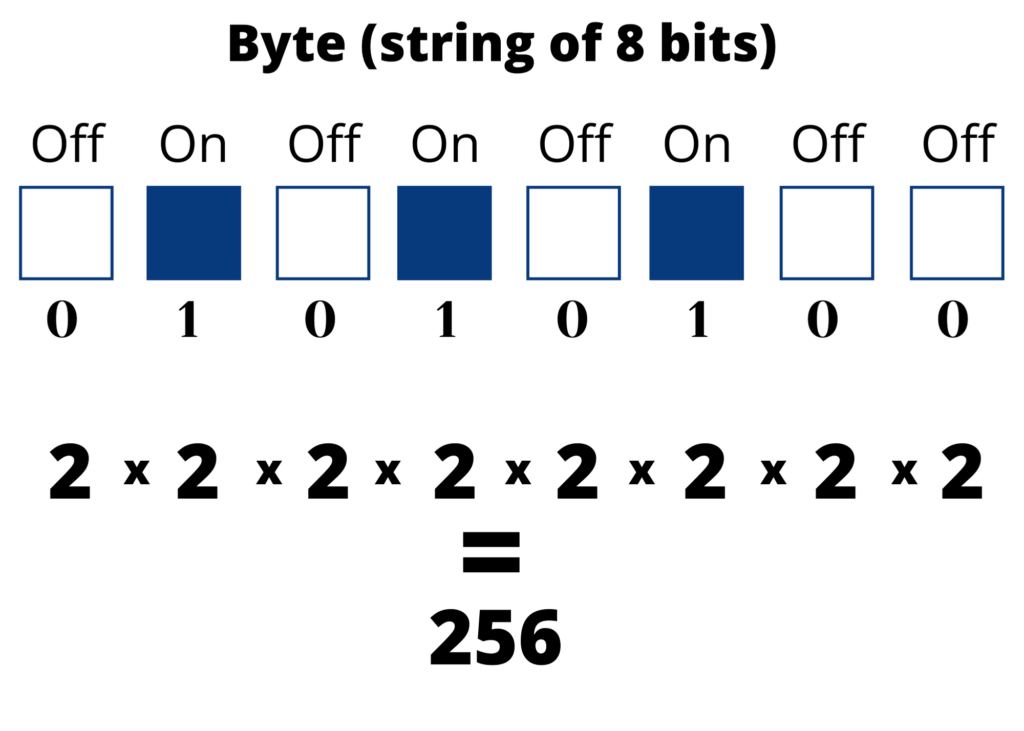It takes layers of information to truly understand the mechanics and capabilities of modern day cameras. Especially when it comes to how the camera sensor is able to produce the most ideal image. Though the information in this article is useful for both photography and cinematography, we will have a focus on cinema cameras in this article.
Camera Sensor
First we will start with the basics of what a camera sensor is defined as. A digital camera creates an image when light is focused through a lens onto an active photo-receptive device known as a camera sensor. The amount and quality of light captured is processed by the camera to produce the image information.
We are going to break down the following terms in this camera description: “UHD 4k 24p 10-bit”
In order to do so, I believe it’s best to begin at the smallest units of data and measurements. In this article I’m going to run through the basics of bits, pixels and frame rates so that you can understand exactly how they play into creating your perfect image.
Bits and Bytes
Let’s get as basic as it gets when it comes to data and units of measurements. A bit is one of the smallest units of data in terms of computing and machines. There are only two options, a bit is either on or off. That’s all the information one bit can hold, on or off. If you’re familiar with binary then a bit is either a 1 (on) or a 0 (off).

Prepare yourself, because we are about to step into a lot of math. A level up from a bit is a byte, which consists of a string of 8 bits. In a camera sensor, one byte can create 256 different tones in greyscale.

Here’s how you go about getting the number 256: One bit gives you 2 (on or off) and since it takes 8 bits to make a byte, 2 to the power of 8 gives you 256.
Using one byte gets you 256 tones of greyscale so what does it take to get color? It takes at least 3 bytes (1 byte for red, 1 byte for green, 1 byte for blue) used at the same time in one channel to achieve a range of colors.
So how many colors does that mean a sensor can create? Back to math: If one byte will get you 256 tones and it takes 3 bytes at the same time to achieve color, then it would be 256 to the power of 3, which equals 16.7 million colors.
These images below represent the importance of a camera sensor’s being able to create millions of colors. The more color capabilities then the more seamless the blend between those colors.



This is known as the bit depth of the camera. 8-bit is considered fairly standard, but bit depths such as 10-bit and 12-bit are becoming increasingly common in cameras. The term “8-bit” comes into play because it is literally describing the 8 bits of code that create the achievable 256 tones which then creates the 16.7 million colors. You can now work out the math when looking at cameras with higher bit depths. Let’s use the SIGMA fp’s capabilities as an example:
● 8-bit camera = 256 tones = 16.7 million colors
● 10-bit camera = 1024 tones = 1.07 billion colors
● 12-bit camera = 4096 tones = 68.7 billion colors
Recording Pixels
Pixels refer to colored dots or squares that make up a digital image; the more pixels in an image, the more defined the image. The number of pixels in an image is what makes up the image resolution. You’ll often see the term megapixels which is simply shorthand for one million pixels. It comes down to math again: If a camera’s sensor was 5000×3000 pixels then it would contain 15 million pixels or 15megapixels or 15MP.

“Definition” (in regard to pixels) actually has a couple different meanings. Not just in cameras but you’ll notice it with modern TV’s and display monitors as well. They will be labeled as HD (High Definition), FHD (Full High Definition) or UHD 4K (Ultra High Definition). Each of these “Definitions” is describing the pixel count of the image.
- HD = 1280 x 720 = 921,600 pixels
- FHD = 1920 x 1080 = 2,073,600 = approx. 2MP
- UHD 4K = 3840 x 2160 = 8,294,400 = approx. 8MP
- The term 4K is just to describe that there are roughly 4,000 pixels wide in an image
If you want your finished film to be UHD 4K then you must film with a camera that supports UHD 4K. You cannot film in HD with the intent to upscale the resolution in post to become UHD 4K because you cannot add more pixels to the sensor.
Frame Rate
This is where the terminology can become a bit confusing in regards to pixels and frame rate. When a camera is advertising as 24p, the “p” stands for progessive NOT pixels. 24p means that the camera can capture 24 frames per second. If a camera is advertised as 60p then it can capture 60 frames per second.
Remember: A video is simply a sequence of still images that are played fast enough to give the illusion of movement.
Going higher in frame rate does not necessarily translate to a better video capture or image quality. More often than not, standard video is recorded in 24p because that is compatible with most TVs and is nearly indistinguishable to the human eye.
Please note: There is a longer discussion about 23.98p vs 24p that we won’t be going into
One reason to up your frame rate to 60p would be if you were capturing a slow motion shot. You would want your camera to take as many images as possible within a second in order to create the illusion of smooth movement while the video plays in slow motion. However, your camera or external recording would need to be able to hold a lot more information since the camera is taking in a lot of information.
Here’s how resolution and frame rate play together. Typically, the higher the resolution, the fewer number of frames per second a camera is able to capture. Which is why you need to check the resolution and frame rate together as different cameras can handle different combinations of resolution and frame rate. For example, one camera could be advertised as both:
UHD 4K – 24p, 25p, 30p
FHD – 24p, 25p, 30p, 60p 100p
That means this camera can film up to 30 frames per second while keeping the image at UHD 4K (8MP). At the same time, the camera can support up to 100 frames per second but only up to FHD (2MP).
Conclusion
A camera’s bit-depth helps you to understand the range of color that a camera’s sensor is capable of producing in one pixel. The resolution describes the number of pixels in that camera’s sensor. While frame rate is the number of images a camera can capture in one second to create the illusion of video.
Again, it’s easy to become overwhelmed with the tech specs provided from a camera when it comes to the quality of the image. You might think that higher and more translates to bigger and better, when in reality it completely depends on your intentions for the camera. If color range is important, then focus on the bit-depth. If image quality and detail is important then focus on resolution. If achieving a number of frames for video is important then focus on the frame rate. More importantly is to understand how these elements factor into one another and play off each other to create your most ideal image.

Found your website when I searched for “How many pixels in single frame of HD?” Very succinct and enlightening article, Ms. Marshall. Bravo Zulu to you!